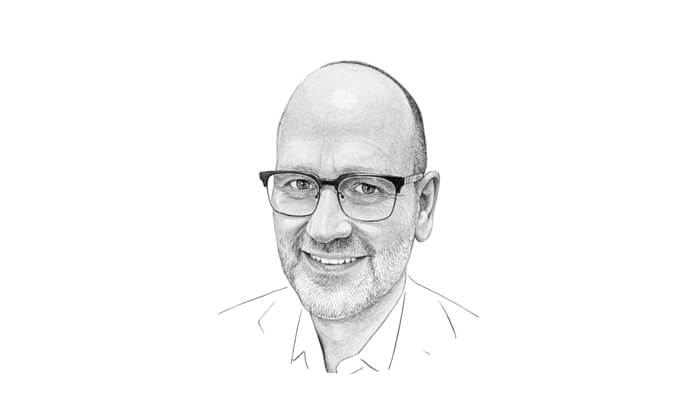
Semiconductors
The chip industry in figures
Wich industry is most dependent on microchips and who dominates the market? An overview of the most important facts.

Digitalization
Close to Core Business
Henrik Hahn, Evonik’s Chief Digital Officer, talks about the role played by digitalization in the chemical industry.

Batteries
Stored Power
Researchers are working on innovative energy storage systems—and discovering new potential in established technologies.

Evonik Country
USA: Endless opportunities
The USA is a pioneer when it comes to important future technologies—and that’s one reason why it’s Evonik’s second home.
ELEMENTS Newsletter
Get fascinating insights into the research Evonik is conducting, and its social relevance, by subscribing to our free newsletter.





